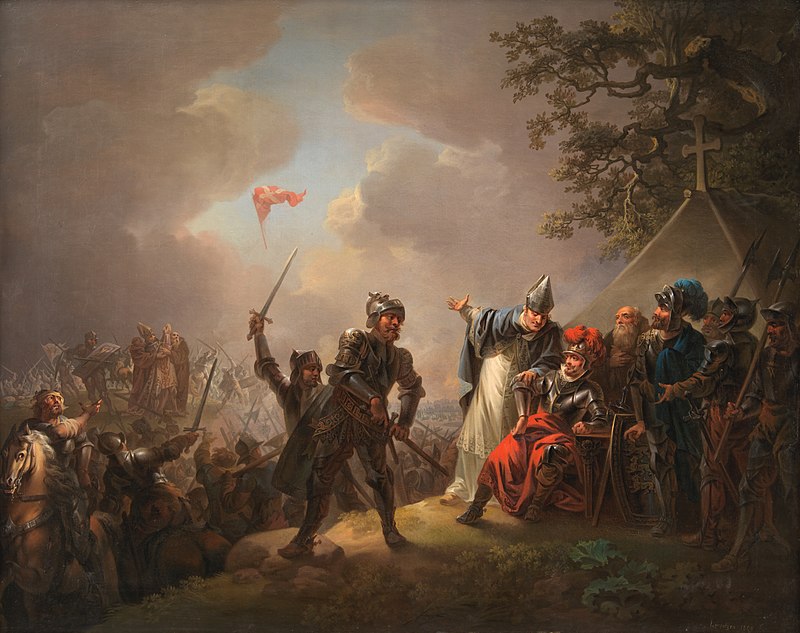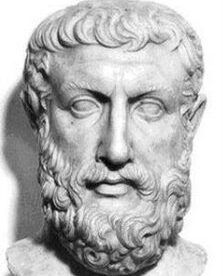
Dannebrog falling from the sky during the Battle of Lyndanisse, June 15, 1219
Available at Amazon
Length of book: 287 pages
Truly this is the story of the most underrated series of conflicts in the history of Christendom. Many know of the Crusades fought for the Holy Land, some know of the Reconquista, but almost none know of the Northern Crusades. These obscure crusades led to the conversion of the last remnants of European pagandom to the Religion of Christ: Finland, Estonia, Latvia, and Lithuania, along with the once great (now annihilated) nation of Prussia. These nations, with the sole exception of Lithuania, lost the faith hundreds of years later during the Protestant Revolution. But as a result of these wars, these same nations all enjoyed at least two to three centuries of Catholic civilization, and certainly much fruit was borne during that happy time.
Christiansen’s book is the best book on the subject in the English speaking world, though admittedly he does not have much competition in this respect owing to the general lack of study surrounding this topic. The author is articulate and his presentation of the history is well-sourced. All the wars that composed the Northern Crusades are given a compact yet informative coverage in this book, from the Wendish Crusade (in which the illustrious St. Bernard played a significant role) to the crusading campaigns of the Teutonic Order against Lithuania. However, his secular bias has a way of creeping in and the book is therefore marred by it to some extent. It never goes into an entirely outrageous direction, but it is puzzling to the sincere reader how the same author can go from wording the perspectives of the Church and the crusaders in a logical and understanding tone, and then jump from this to occasional denunciations of these same parties.
For reference, here is how Christiansen details the mentality of the crusaders in waging these wars of conquest and defense against the pagans:
Smashing an image, or routing a force of heathens was an act that could be interpreted as a blow against the spiritual forces that misled mankind. Such blows had to be struck, or the truth would never become visible to the heathen, for the bigger demons were captains in an army that included dozens of smaller ones, each billeted in the soul of an unbeliever and his mind in thrall. Before baptism came exorcism; if this ceremony meant anything, it meant that the unregenerate pagan was possessed, and the lives of the saints afforded many examples of the possessors leaving the mouths of converts in the shape of small black men, visible to some, if not all.
(56-57)
What clarity is contained in this excerpt, and how profound are its sentiments! Indeed, they can very well be applied today, for us Catholics living among the ruins of Christendom are surrounded by pagans—post-Christian pagans, for the most part. The idolatrous images that must be smashed are those of false ideologies and false gospels, a pantheon of infidelity ranging from the MGTOW movement to Neo-Marxism. And the weapons that are to be used in this warfare are those of our words and our works. By a good example we will prove the “gods of the Gentiles” (Psalms 95:5) utter frauds, and by truthful words and devout prayers we shall help souls accept the grace of God. It may seem right to simply hide in a corner and pray a rosary, but for us laymen this is simply a misguided approach. We are called to not be of this world, true, but we must live in it on some level. Thus, we must pray to have the fortitude of these crusaders in confronting the paganism of our times, and it will certainly be given to us.
To contrast this brilliant quote, I here include this bit of screed from a later chapter, in which the author disparages the language used in Pope Gregory IX’s 1230 Papal Bull which authorized the Teutonic Order’s heroic expedition into Prussia:
Bureaucracies have their jargons, and the eloquent Italian lawyers who formulated papal policy in the thirteenth century were presumably able to sleep the sounder for knowing that chancery clerks would convey instructions in this rhymthical flow of officialese.
(123)
Perhaps such contradictions are to be expected from secular academia—and so, it is my hope that a day will soon come when a faithful Catholic historian will write a more authentic and integral history of these pivotal conflicts.
Until then, I will still recommend this book to those interested in this subject, albeit with some caution.
